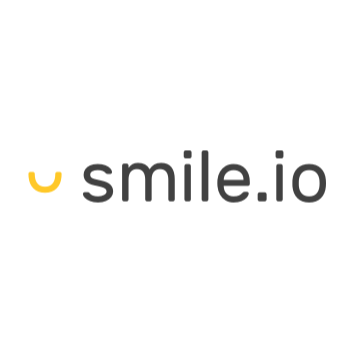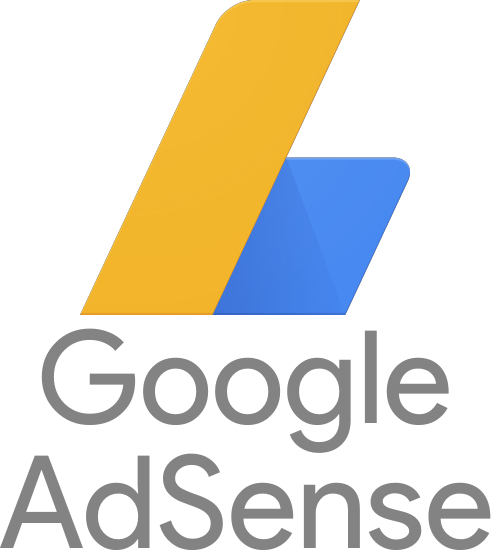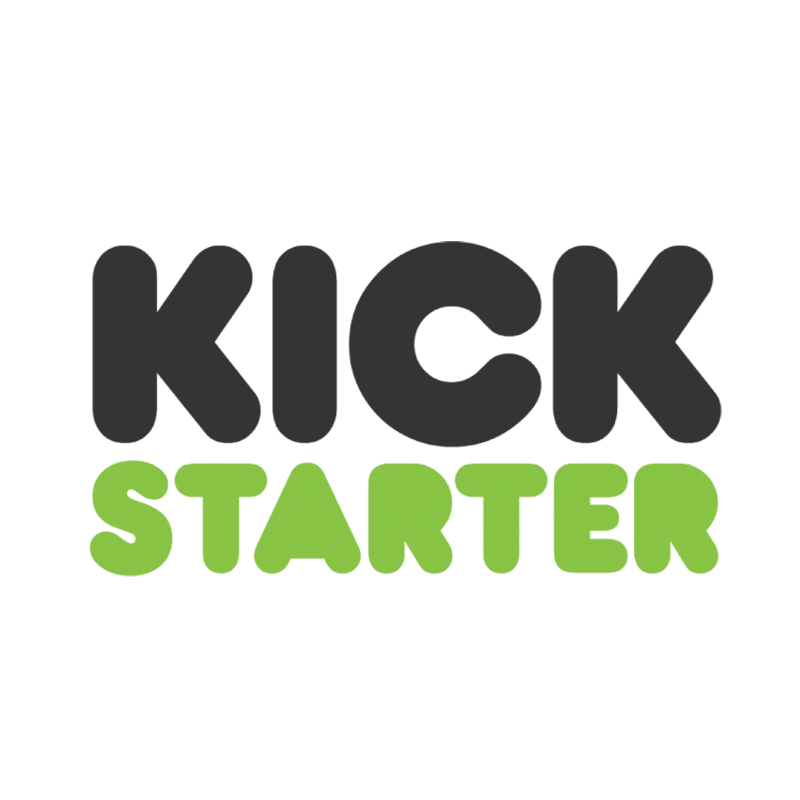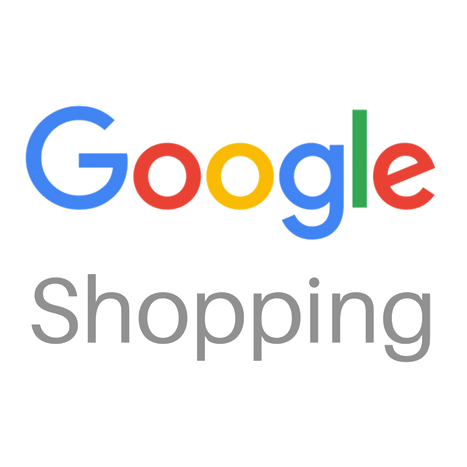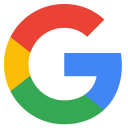Raising $1M on Kickstarter To Launch A $500K/Month Time-Saving Accessories Brand
Hello! Who are you and what business did you start?
Hello! My name is Olivier Momma, and together with Rick Scharnigg and Richard Canneman, I founded Ekster. We make time-saving designs for smarter living; products that’ll make every day easier for you.

Our flagship products are the Parliament wallet, an upgrade on the traditional leather wallet, and the Tracker Card. The Parliament is still made of leather, but that’s about the only thing it has in common with your old George Constanza. It’s compact, sleek, and fits in your front pocket - like any other cardholder, except for the quick card access mechanism, which you can use to access all your cards with one click. You can also track your wallet with the Tracker Card, which runs on solar energy, and only needs two hours of sunlight charge every three months.
We’ve released four different lines of the Parliament wallet,...

Download the report and join our email newsletter packed with business ideas and money-making opportunities, backed by real-life case studies.

Download the report and join our email newsletter packed with business ideas and money-making opportunities, backed by real-life case studies.

Download the report and join our email newsletter packed with business ideas and money-making opportunities, backed by real-life case studies.

Download the report and join our email newsletter packed with business ideas and money-making opportunities, backed by real-life case studies.

Download the report and join our email newsletter packed with business ideas and money-making opportunities, backed by real-life case studies.

Download the report and join our email newsletter packed with business ideas and money-making opportunities, backed by real-life case studies.

Download the report and join our email newsletter packed with business ideas and money-making opportunities, backed by real-life case studies.

Download the report and join our email newsletter packed with business ideas and money-making opportunities, backed by real-life case studies.







